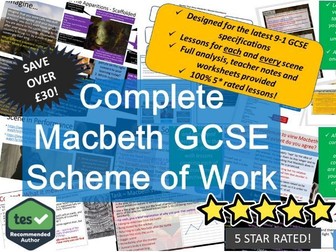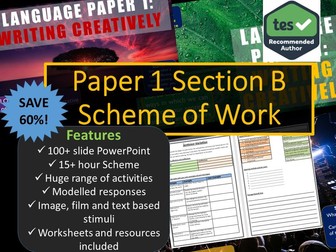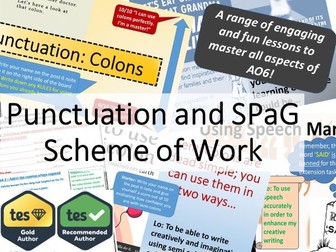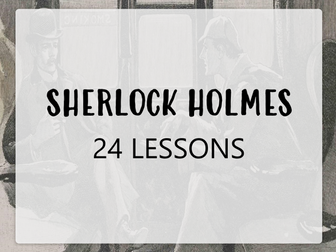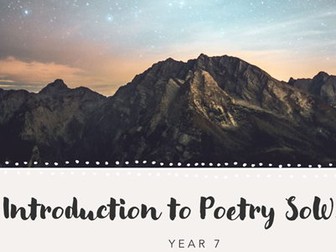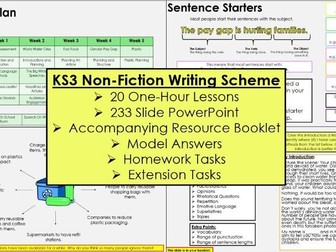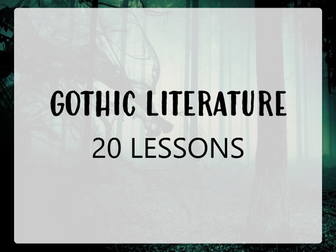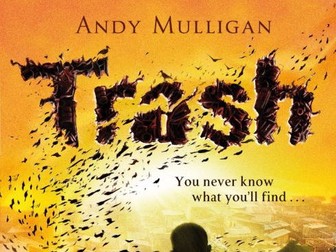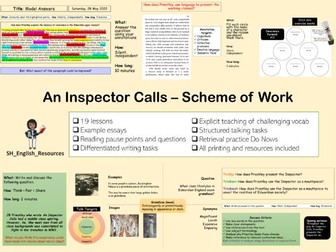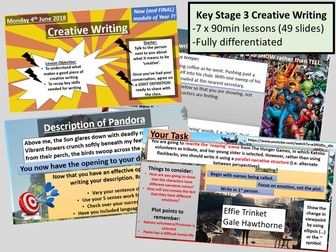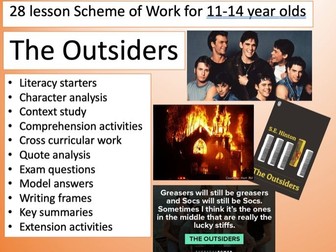
Macbeth Scheme of Work GCSE
Here is a complete, 30+ lesson scheme of work for Shakespeare’s Macbeth. Developed specifically with the 9-1 AQA GCSE English Literature specification in mind. However, this will prove equally suitable for other exam boards at GCSE level with some very minor tweaks. This scheme of work offers an unprecedented level of depth and detail, enabling you to teach the text thoroughly and with absolute confidence.
The unit has the following features:
Full lessons for each and every scene of the play
A range of interesting and engaging classroom and homework activities, with worksheets and source materials provided
Easy to navigate, differentiated and visually engaging ‘no adaptation required’ lesson PowerPoints
Full teacher notes and answers for all analysis activities, allowing you to lead engaging and effective discussions with your classes
Revision activities and worksheets following on from each of the acts to consolidate knowledge and understanding
Mid-point and final assessment lessons also included for you to track and monitor the progress of your students
For the first time, you can now purchase this scheme of work in its entirety, saving over £ 30 compared to purchasing each of the lesson resources separately. For a more detailed look at what you are getting, please check out the bundles for Act 1, Act 2, Act 3, Act 4 and Act 5.
Praise for the scheme of work (based on reviews of individual scenes/acts):
50+ 5 STAR RATINGS AND REVIEWS
“Ideal for my year 11s as the annotation activities enable them to make lots of notes. Great to see even the minor scenes covered in depth too, cannot recommend enough!”
Great resource - much better than lots that I have paid more for. You even have detailed answers to the questions. Thank you for sharing!
These are outstanding! Really thorough and engaging resources
These are brilliant- have saved me so much time.
Buy in confidence from a TES recommended author. Feedback is both welcomed and appreciated!
